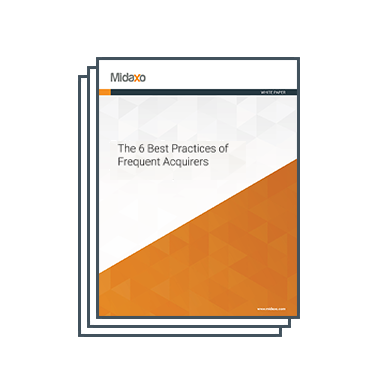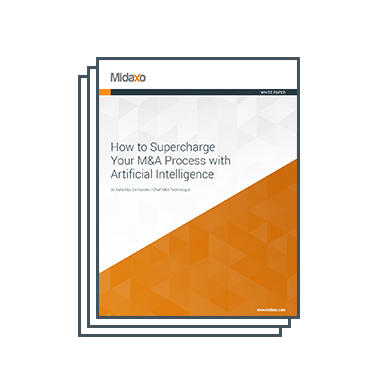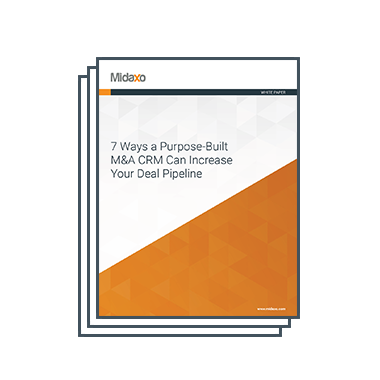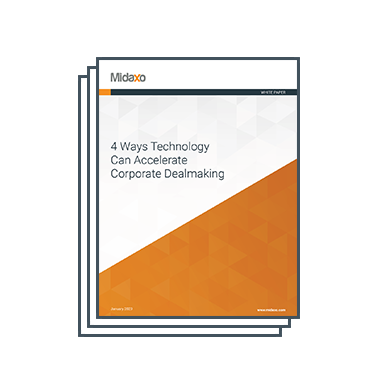Series: M&A Software Solutions – Delivering the Value
Part 1 of 6: The Call for Change
Inorganic growth remains a key driver to business success. However, as its importance increases, so too do the challenges of delivering value. Private Equity reach in M&A continues to expand, and the connected marketplace is making the world smaller. As competition intensifies, data becomes more accessible, and technologies like AI shift from buzzwords to business tools, dealmakers are at a crossroads: adapt, or fall behind.
Inorganic growth remains a key driver to business success. However, as its importance increases, so does the challenges of delivering value. Private Equity’s reach in M&A continues to expand, and the connected marketplace is making the world smaller. As competition intensifies, data becomes more accessible, and technologies like AI shift from buzzwords to business tools. Dealmakers are at a crossroads: adapt or fall behind.
Despite M&A being one of the most high-stakes, resource-intensive activities a company can undertake, most teams are still relying heavily on outdated methods such as manual processes and Excel spreadsheets. Also, deal failure rates remain stubbornly high (70%+), calling into question not just how deals are executed, but with what. It has never been more critical to optimize the deal process and to embrace M&A technology transformation as a strategic imperative.
So, with such increased competition and high failure rates, why hasn’t technology already revolutionized M&A? It’s not due to lack of interest. There’s clear momentum:
- A new generation of dealmakers eager to embrace innovation.
- Surging enthusiasm for the promise of real-time market & company intelligence through an expanding data source offerings.
- Generative AI is maturing and remains a disruptive force and opportunity.
This all suggests a greater appetite for change and a growing urgency for better technology opportunities in the M&A process. The status quo—fragmented systems, disconnected workflows, and under-leveraged data—simply won’t cut it anymore. The time for M&A technology transformation has arrived.
But while the appetite for better tools is real, adoption has been inconsistent. To chart a new course, we need to ask: What makes this moment different? And how can modern M&A applications finally deliver on their promise?
In this series, we’ll explore:
- How M&A software applications have evolved—and why they’ve fallen short
- The current M&A Software & SaaS application landscape and its gaps
- What the next evolution in M&A software might look like
- The transformative potential of intelligent workflow automation
The opportunity is here. In the coming posts, we’ll break down how technology can finally rise to meet the complexity—and opportunity—of today’s deal landscape.
Up Next: A look back: how we went from paper to Excel to SaaS vertical work management solutions—and why the next leap is overdue.





